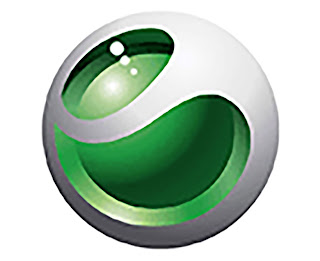


Introduction
On this three part project we used Adobe Illustrator (AI) to change our Raster Selfies to Vector Selfies we took and compared each of the file sizes. We were also told to draw a two point like and compare that file size to our other images. Can you guess which file size will be largest?SIMPLE
-First image to the left-US Letter (8.5in x 11in page)
-Using LIVE TRACE
-Three Colors
-Little color (obviously)
-Few points
-1.7 MB (File size)
COMPLEX
-Second image to the left
-US Letter (8.5in x 11in page)
-Using LIVE TRACE
-High Fidelity
-More visual colors
-Many points
-1.6 MB (File size)
CURVED LINE
-Third image to the left
-US Letter (8.5in x 11in page)
-Using Pen Tool
-10 point stroke (thickness of the line)
-Only TWO anchor points
-2.9 MB (File size)
*Yes to my surprise this was the largest file size. When begining this project I thought the curved line would be the smallest file size, but after finding out that it was actually the largest I was shocked. I am not actually sure why its the largest, but it is.












